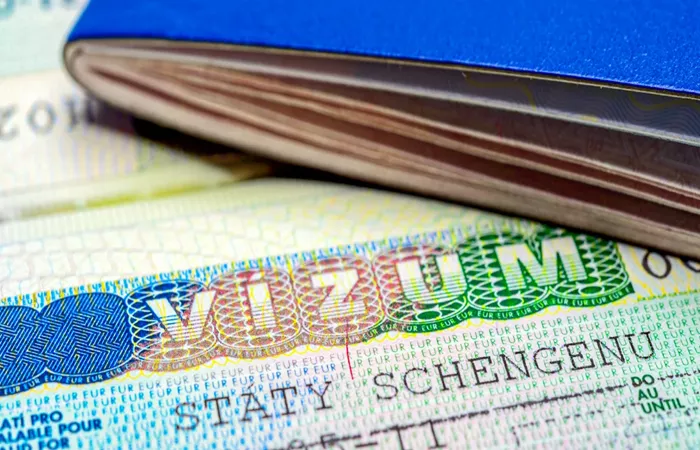Starting this July, the Czech government will change its quotas for foreign workers. The focus will shift to attracting skilled professionals from outside the European Union, while limiting access for low-skilled laborers.
Under the new plan, Czechia will welcome 24 IT specialists from India, 650 highly qualified workers from China, and 120 from other Asian countries. The current quota for 120 low-skilled workers from Africa will be removed. However, 420 spots will remain available for African scientists and experts.
These changes come from a new amendment prepared by the Interior Ministry. It targets long-term visas—those lasting more than 90 days—for workers in labor migration programs. These programs aim to bring talent to sectors like science, technology, and remote digital work.
The business community has generally welcomed the shift. Still, many say it does not fully address the country’s growing labor shortage. About half of Czech companies already depend on foreign workers from outside the EU, mainly Ukrainians and Filipinos.
In China, there are currently no official quotas for employment cards in cities like Beijing and Shanghai. But demand is rising quickly. Applications increased from 235 in 2022 to over 1,300 last year. According to the Interior Ministry, most of these applicants are low-skilled workers, often seeking jobs as kitchen staff or cooks in small eateries serving their communities. The ministry has proposed an annual quota of 1,170 workers from China, mostly skilled professionals.
Companies warn that focusing only on high-skilled migrants overlooks a key problem: the economy also needs unskilled labor.
“There’s a shortage of 500,000 drivers across Europe,” said Jakub Trnka, CEO of Raben Logistics, on Czech Television. “This is a job usually filled by foreign workers.”
Construction companies share this concern. Tomáš Zavřel, director of Trigema Building, said the administrative burden of hiring foreign workers, especially from countries like the Philippines, is so heavy that many firms don’t even try. “The red tape is overwhelming,” he explained.
One major hurdle is the requirement for foreign workers to provide criminal background checks from every country where they have lived in recent years. Businesses say this process is much tougher than in neighboring countries.
Long-term demographic trends add urgency to the issue. Without migration, the Czech population is expected to shrink from just over 10 million today to 7.5 million by the end of the century.
Currently, over one million foreigners live in Czechia. They play a vital role in the economy. Without them, the labor market would lack nearly half a million workers. One in four foreign workers hold unskilled jobs. Another quarter work in manufacturing or machine operations. Many others fill important roles as technicians, tradespeople, and specialists.
The healthcare sector also depends heavily on foreign staff. About 6 percent of healthcare workers, or roughly 15,000 people, come from abroad—mainly Slovakia and Ukraine. At Prague’s General University Hospital, 700 employees are foreigners, including 240 from non-EU countries.
Ukrainians make up the largest foreign community in Czechia, with over 570,000 residents. They are followed by Slovaks, with around 120,000. Among more distant countries, Vietnam leads with about 70,000 people. Other notable groups include Mongolians, Filipinos, Indians, Kazakhs, and Chinese—each numbering over 10,000.
Foreign nationals tend to live in large cities or near major industrial centers. In Prague, one in four residents is a foreigner.
Related Topics
- AILA Condemns Trump Administration’s Directive Targeting Immigration Lawyers
- AILA Criticizes Laken Riley Act as Ineffective and Politically Motivated
- New Zealand Visa Holders Evacuated from Tehran Alongside Embassy Staff


